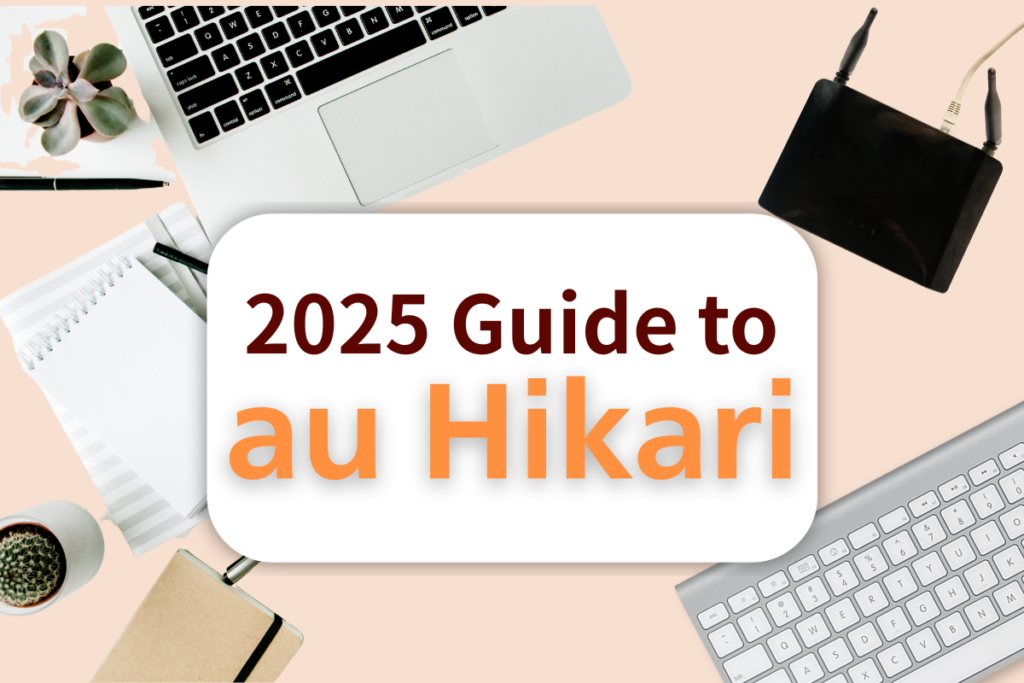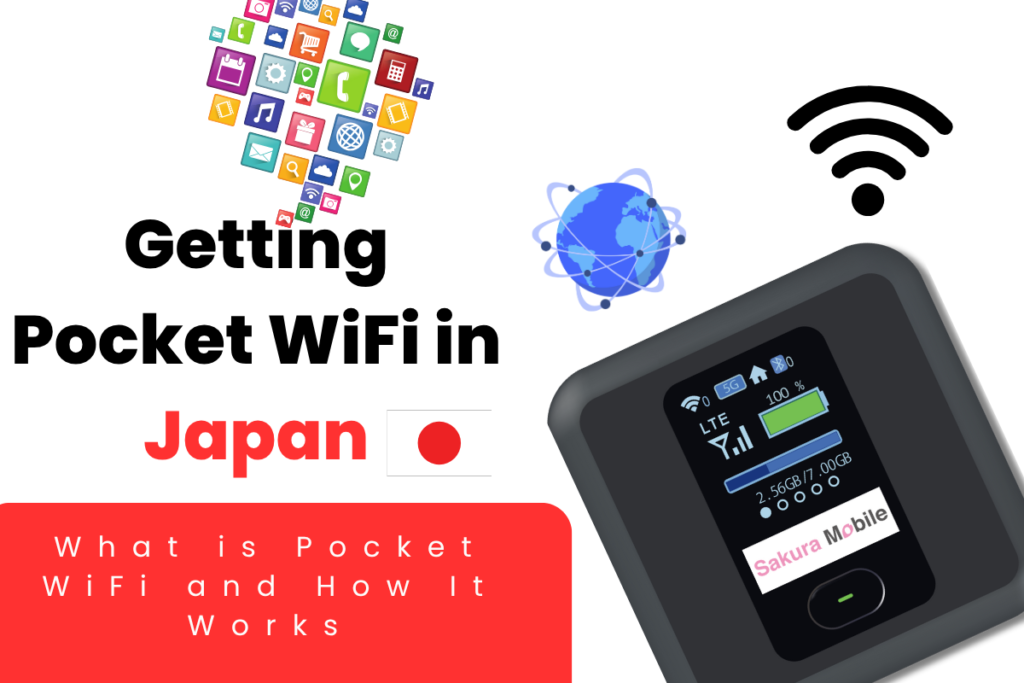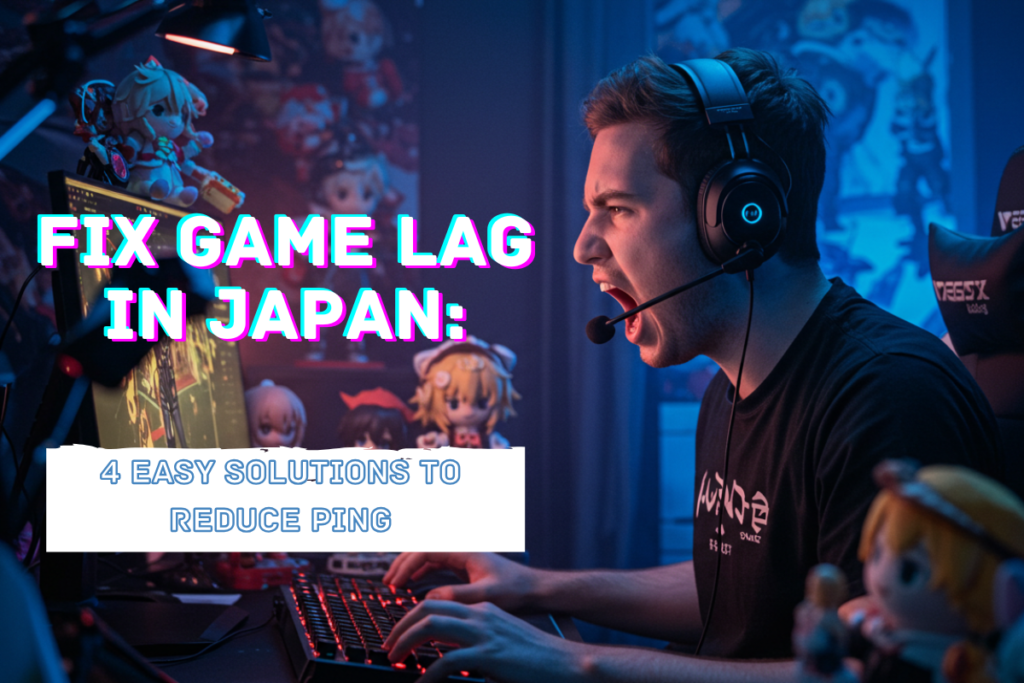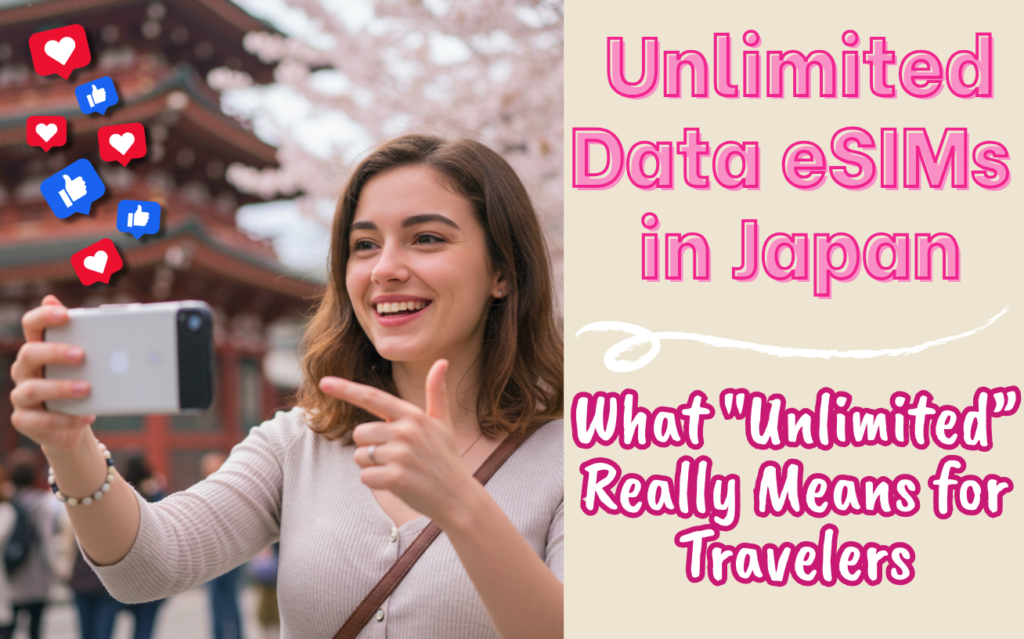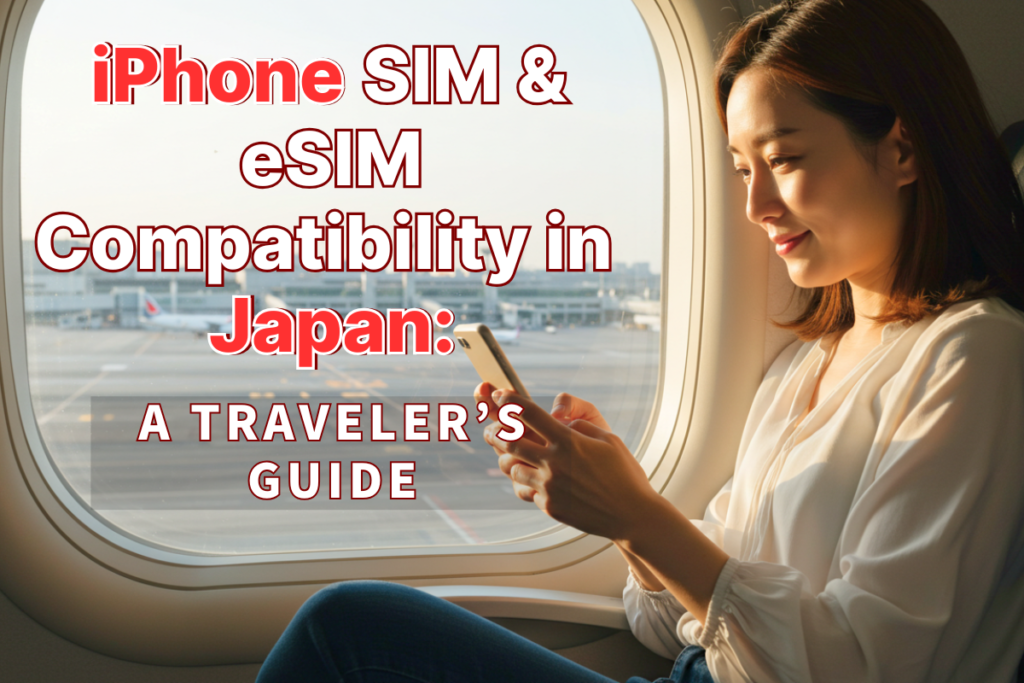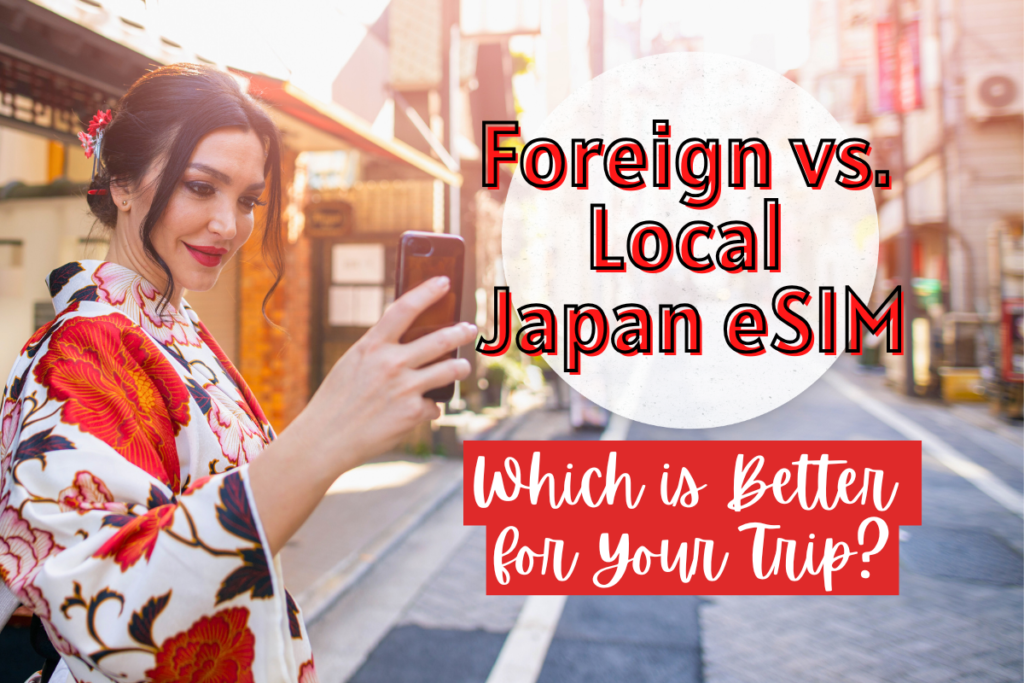Looking for a mid-to long-term place to stay in Tokyo that’s easy to rent, even for foreigners? Whether you’re planning to live here for 3 months to a year or longer, finding an apartment and figuring out your WiFi options can be a challenge—from language barriers and guarantor requirements to the confusing process of setting up internet services.
The good news is that with the right approach and resources, you can find foreigner-friendly accommodations, reliable WiFi, and complete all procedures in English. In this guide, we’ll show you how to secure a mid- to long-term foreigner-friendly apartment in Tokyo, WiFi, and stress-free contracts. Plus, Sakura Mobile can help you secure an eSIM/SIM card, phone number, and WiFi before you even arrive, ensuring you have stress-free internet connection and are ready to go as soon as you settle in.


